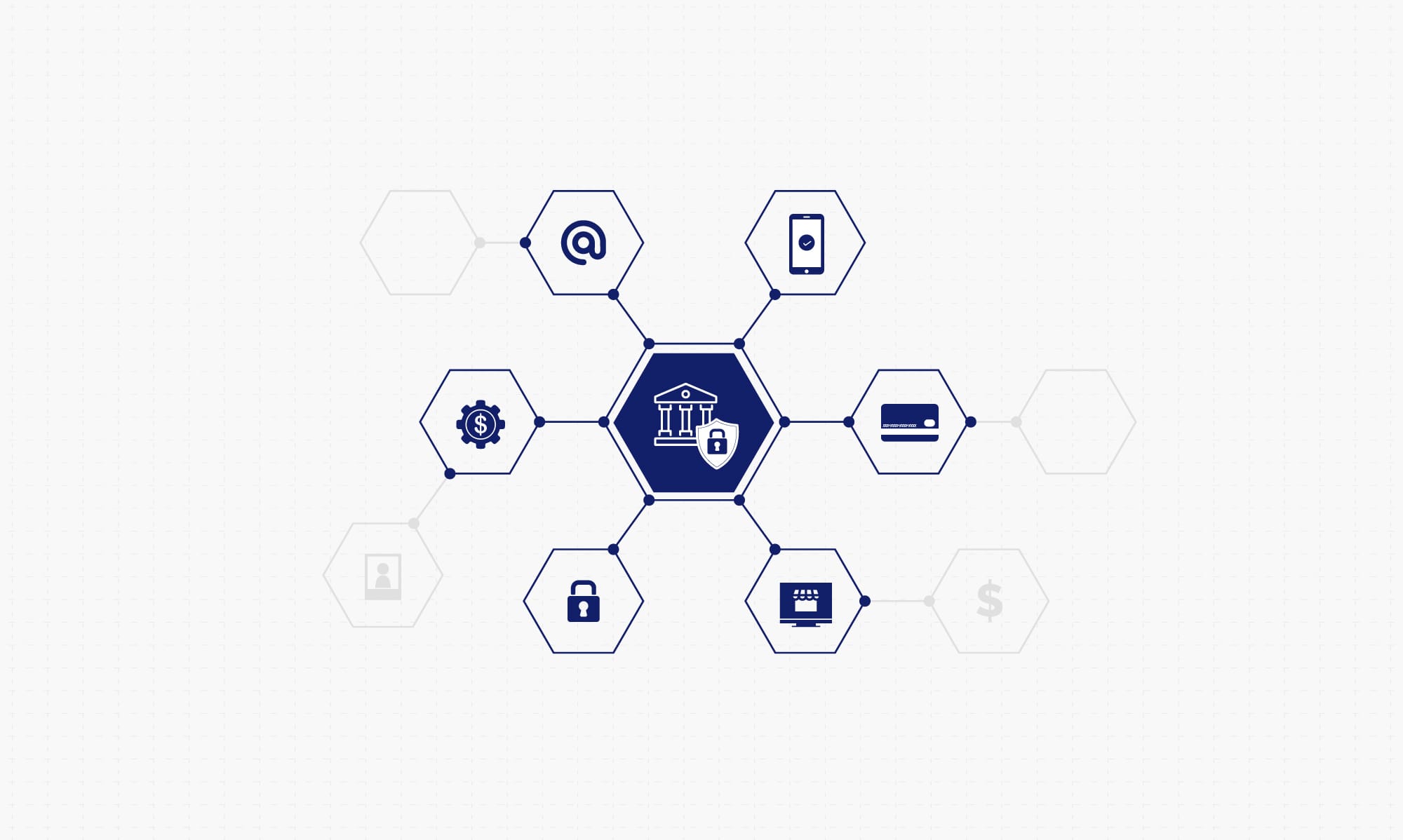In today’s digital-first banking landscape, financial institutions sit on a goldmine of opportunities—not just as custodians of money, but as gatekeepers of rich, actionable data. With digital transformation accelerating across the financial sector, banks are uniquely positioned to monetize their digital assets while maintaining the trust and security their customers expect. Over the past decade, banks have invested heavily in digital transformation. Mobile banking apps, online portals, and personalized financial tools have become the norm. These innovations have not only improved operational efficiency but also unlocked significant data-driven opportunities.
The Rise of Retail Media in Banking
The retail media market is projected to hit $166 billion by 2025, and this trend is rapidly extending into financial services. While consumer-facing banks already deliver targeted offers, RMNs empower institutions to elevate these efforts with hyper-personalization at scale. Banks hold three key advantages:
- Large, engaged audiences with most bank customers using mobile banking services
- Rich first-party data on customer financial behaviors and preferences
- Multiple digital touchpoints including apps, websites, and ATMs.
These assets position banks to create highly targeted and effective advertising platforms. By implementing retail media strategies, financial institutions can diversify revenue streams, strengthen customer relationships through personalized offerings, and stay competitive in an increasingly digital-first world. The unique position of banks as trusted custodians of data adds another layer of advantage, allowing them to offer highly secure and relevant advertising experiences.
Digital Assets in Banking: Turning Transactions into Actionable Insights

Banks offer numerous digital touchpoints ideal for retail media, including mobile banking apps, online platforms, ATM networks, and email communications. These interactions provide a unique opportunity to engage customers while monetizing these touchpoints effectively.
Banks process billions of transactions daily, uncovering insights not just into spending habits, but into category-specific behaviors (e.g., recurring grocery purchases, seasonal travel spending). Advanced RMNs provide the secure infrastructure and technological sophistication required to transform this data into actionable audience segments. By anonymizing and analyzing transaction categories, banks can partner with advertisers to deliver offers that resonate deeply—such as promoting travel insurance to frequent flyers or grocery rewards to budget-conscious shoppers—all while complying with stringent data-privacy regulations like GDPR and CCPA.
Monetization Strategies for Banks
Financial institutions can adopt several strategies to monetize their digital assets:
- In-App Advertising: Displaying targeted ads within mobile banking applications.
- Personalized Offers: Leveraging transaction data to present relevant product recommendations.
- Sponsored Content: Integrating branded financial education materials into online banking platforms.
- Partner Promotions: Collaborating with retailers to offer cash-back deals through banking channels.
By implementing these strategies, banks can tap into new revenue streams with potentially high profit margins. Retail media businesses have estimated margins between 70% and 90%, significantly higher than traditional banking products
From pay-per-click models to subscription-based promotions, retail media offers diverse monetization avenues that can significantly boost revenue. Banks can also consider partnerships with retailers and service providers to create exclusive offers for their customers. These partnerships not only generate additional revenue but also add to the perceived value of the bank’s services.
Implementation Framework
To successfully implement retail media strategies, banks need to focus on technical requirements like API integrations and scalable infrastructure. To successfully launch a retail media network, banks should consider the following steps:
- Data Infrastructure: Establish a robust system for collecting, storing, and processing first-party data.
- Partnerships: Forge relationships with demand-side platforms (DSPs) to enable direct audience activation.
- Compliance Measures: Ensure all initiatives adhere to financial regulations and data protection laws.
Compliance & Security
For banks that choose to tap into the power of RMNs, abiding with data-privacy regulations, including GDPR and CCPA, is non-negotiable. Robust encryption and access controls safeguard customer data during monetization activities. Transparent privacy policies build customer trust, ensuring that data usage aligns with consent agreements. Banks must also implement regular audits and monitoring processes to ensure continued compliance and to address any potential vulnerabilities proactively.
When evaluating RMN providers, financial institutions should prioritize partners that demonstrate the following:
Regulatory Expertise:
- Verify the vendor’s compliance with financial industry standards (e.g., PCI DSS, GLBA) and global privacy laws (GDPR, CCPA).
- Look for certifications like ISO 27001, which validate robust security practices.
Data Protection Architecture:
- Ensure the platform uses end-to-end encryption to anonymize sensitive customer data.
Consent Management Tools:
- Choose vendors that provide granular opt-in/opt-out mechanisms for customers, with real-time preference updates across all touchpoints (e.g., mobile apps, emails).
- Demand transparent audit trails to track consent changes and demonstrate compliance during regulatory reviews.
Scalability & Integration:
- Opt for modular platforms that integrate seamlessly with your existing data infrastructure (e.g., CRM systems, mobile apps).
- Avoid “black box” solutions—vendors should clarify how data flows between systems and who retains ownership.
Ethical Data Practices:
- Partner with vendors whose infrastructure ensures first-party customer data is retained exclusively within the bank’s secure environment. Prioritize providers with contractual guarantees that prohibit any external data sharing, including selling or repurposing insights beyond the bank’s explicitly approved campaigns (e.g., monetizing transaction trends for unrelated third-party advertisers).
Measuring Success & Road Ahead
As retail media networks (RMNs) expand across industries, early-adopter banks stand to gain a dual advantage: deepening customer relationships while unlocking high-margin revenue streams. The effectiveness of retail media in banking isn’t theoretical—it’s measurable through metrics that directly tie to growth:
- Return on Ad Spend (ROAS): Retail media campaigns are delivering up to 4x higher ROAS compared to other digital channels.
- Incremental Revenue: Banks can potentially earn up to 5% of their total revenue from retail media networks.
- Customer Engagement: 81% of consumers prefer ads tailored to their interests and shopping habits.
The future of banking isn’t just about managing money—it’s about creating value through every digital interaction. To capitalize on this shift, institutions must:
- Audit Digital Assets: Identify underutilized touchpoints (e.g., app home screens, payment confirmation pages) where ads can add value without disrupting user experience.
- Forge Strategic Partnerships: Align with advertisers whose offerings complement customer behaviors (e.g., grocery brands for budget-conscious users).
- Test & Learn: Launch pilots (e.g., category-specific offers for dining or travel) to refine targeting and measure engagement.
- Scale with Agility: Expand successful campaigns across channels, using real-time insights to optimize ad relevance.
The true power of RMNs lies in their ability to turn moments of financial activity into opportunities for value creation. For example, a customer checking their app after a grocery purchase could instantly receive a coupon for a complementary product—a seamless experience that drives revenue while enhancing satisfaction. By activating first-party data ethically and strategically, banks position themselves not just as financial stewards, but as indispensable partners in their customers’ daily lives.
Ready to transform your digital touchpoints into high-margin revenue channels?
Explore how secure, data-driven retail media strategies can deepen customer relationships and unlock new revenue streams. Connect with our experts to design a tailored roadmap for your institution at talk@trycarter.com


